3 Modules
6 days
Bucharest, Romania
Location
EN
Language
February - April 2026
Date
25
Seats
Hands-on session
Included

6 days
Location
Language
Date
Seats
Included
This masterclass blends cutting-edge knowledge with a practical, hands-on approach, providing participants with both theoretical understanding and clinical techniques that can be immediately implemented.
Covering everything from periodontal care and surgical regenerative procedures to peri-implantitis management and advanced soft tissue techniques, this comprehensive 360-degree program offers a holistic perspective on Soft Tissue Management.
Enhance your expertise, deepen your understanding, and transform your clinical practice with the mentorship of these world-renowned specialists.
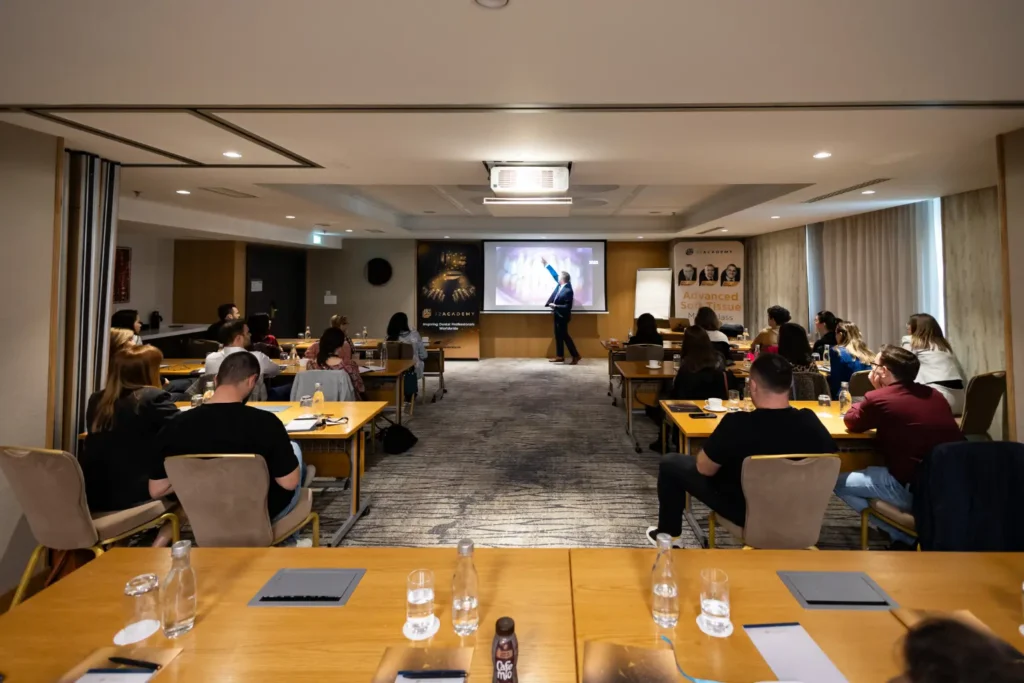
Peri-implantitis has become a major daily problem in clinical practice, due to the large and rapidly increasing number of patients requiring treatment. Many factors need to be taken unde consideration in order to choose the right approach for the particular patient and the specific implant.
Learn more directly from Prof. Andreas Stravropoulos
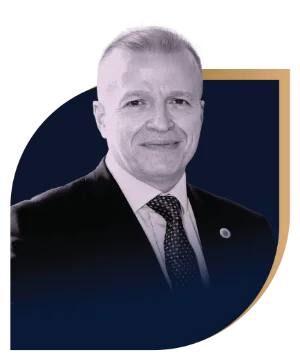
In today's dentistry the aesthetic demand from the patients had become the main challenge in Periodontology. Understanding the biology of the periodontal wound healing will lead to respect and protect the healing phase. The new Classification of Periodontal Disease is focused on the interdental Clinical Attachment level. The aim of Classic Periodontal reconstructive surgical techniques is the regeneration of the infrabony defects or the root coverage in case of gingival recessions.
Learn more directly from Prof. Giulio Rasperini
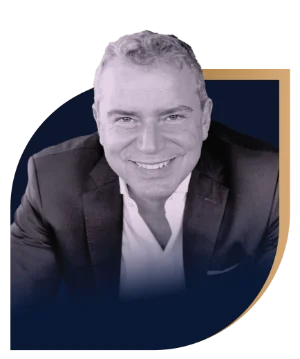
Predictable coverage od single and multiple adjacent recessions, especially in the mandibular area, is still a challenge for the clinician. Several factors such as tooth anatomy and position, reccesion depth and width, presence, or absence of supporting bone, and thickness of the soft tissue may limit the management of soft tissue and consequently impair the outcomes.
Even though palatal soft tissue grafts are still considered the gold standard in soft tissue grafting, autogenous tissue harvesting is often associated with increased patient morbidity, prolonged surgical time, and the possibility of postoperative complications.
Learn more directly from Prof. Anton Sculean
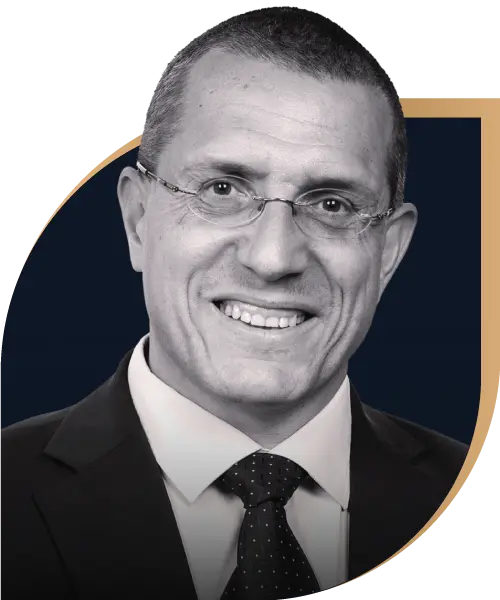
Peri-implantitis has become a major daily problem in clinical practice, due to the large and rapidly increasing number of patients requiring treatment. Many factors need to be taken unde consideration in order to choose the right approach for the particular patient and the specific implant.
Learn more directly from Prof. Andreas Stravropoulos
In today’s dentistry the aesthetic demand from the patients had become the main challenge in Periodontology. Understanding the biology of the periodontal wound healing will lead to respect and protect the healing phase. The new Classification of Periodontal Disease is focused on the interdental Clinical Attachment level. The aim of Classic Periodontal reconstructive surgical techniques is the regeneration of the infrabony defects or the root coverage in case of gingival recessions.
Learn more directly from Prof. Giulio Rasperini
Predictable coverage od single and multiple adjacent recessions, especially in the mandibular area, is still a challenge for the clinician. Several factors such as tooth anatomy and position, reccesion depth and width, presence, or absence of supporting bone, and thickness of the soft tissue may limit the management of soft tissue and consequently impair the outcomes.
Even though palatal soft tissue grafts are still considered the gold standard in soft tissue grafting, autogenous tissue harvesting is often associated with increased patient morbidity, prolonged surgical time, and the possibility of postoperative complications.
Learn more directly from Prof. Anton Sculean
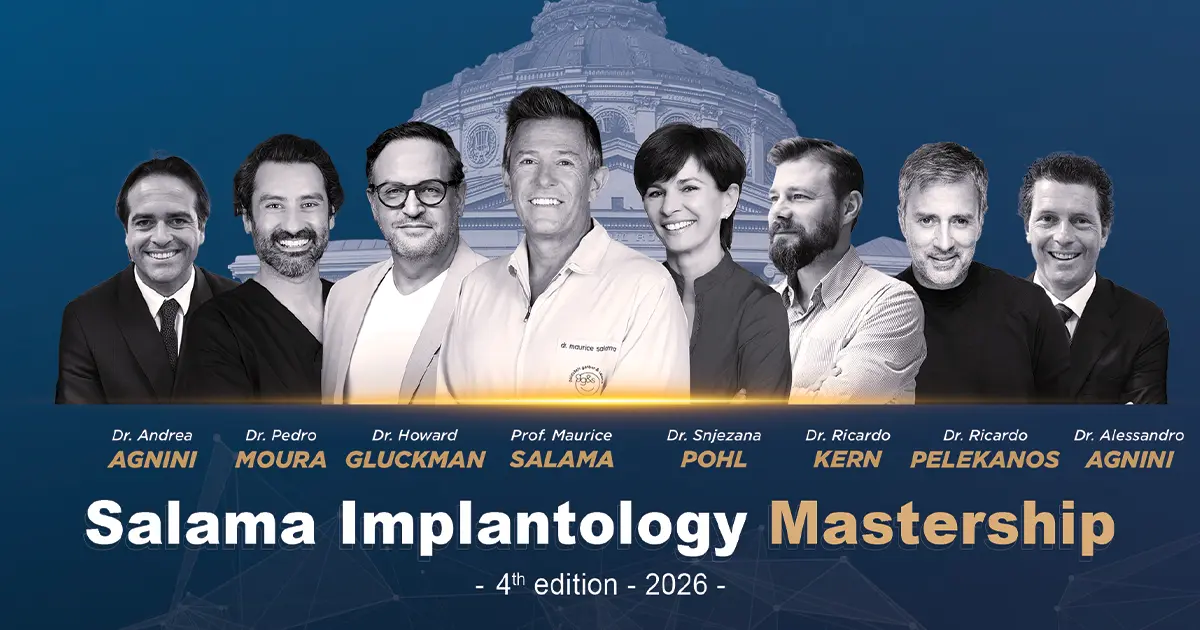
We are honored to bring exclusively to Europe the highly successful complete Implantology Mastership program lead by Prof. Maurice Salama - an exclusive journey for dental professionals who demand excellence, guided by world-renowned lecturers handpicked by prof. Salama.
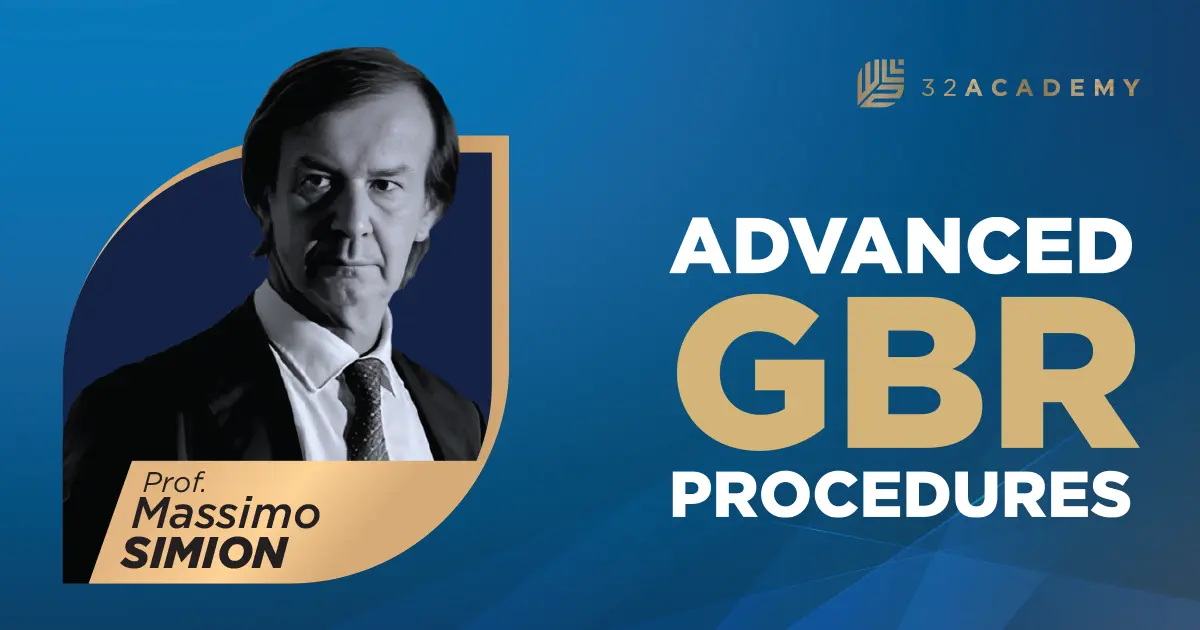
Localized vertical ridge augmentation with GBR has demonstrated to be a predictable technique in long term studies with more than 30 years follow-up. The use of titanium reinforced PTFE membranes associated with autologous particulated bone grafts and deproteinized bovine bone is the most documented method, however, it is technically sensitive and available only for experienced surgeons.
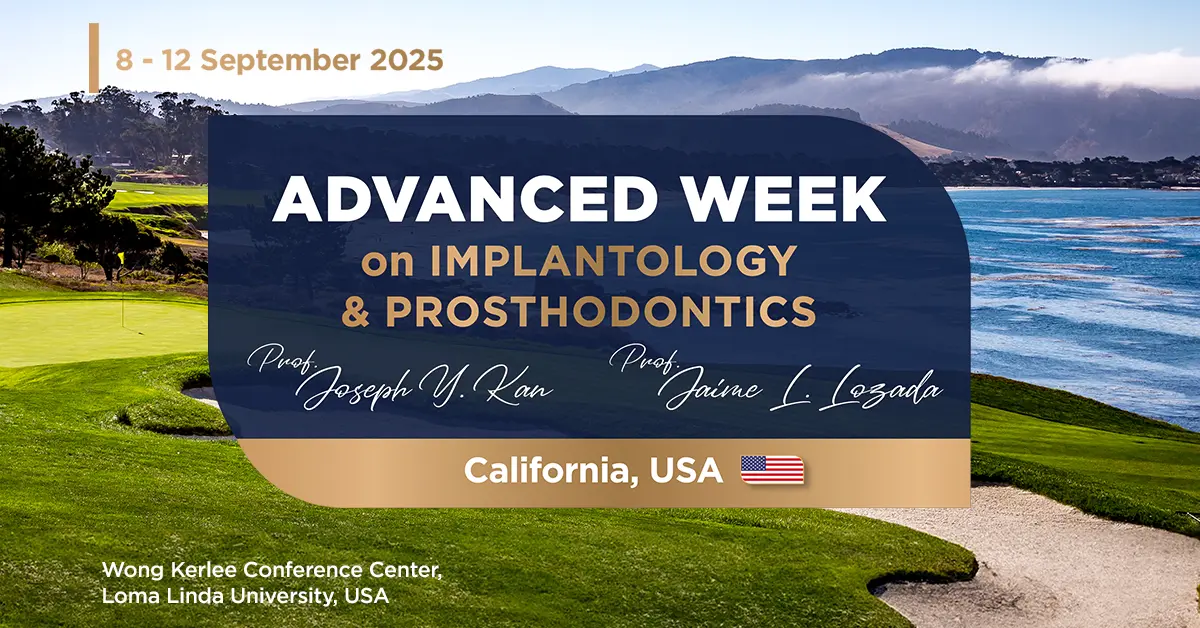
The Advanced Week on Implantology and Prosthodontics program is a unique experience: a comprehensive program covering the latest technologies, awarded with an accreditation from the Loma Linda University while exploring the beauty of California in USA.
85 Capitan Alexandru Serbanescu Street, Sector 1, Bucharest, Romania
Mo - Fri: 09:30 AM - 06:00 PM
Sat - Sun: Closed